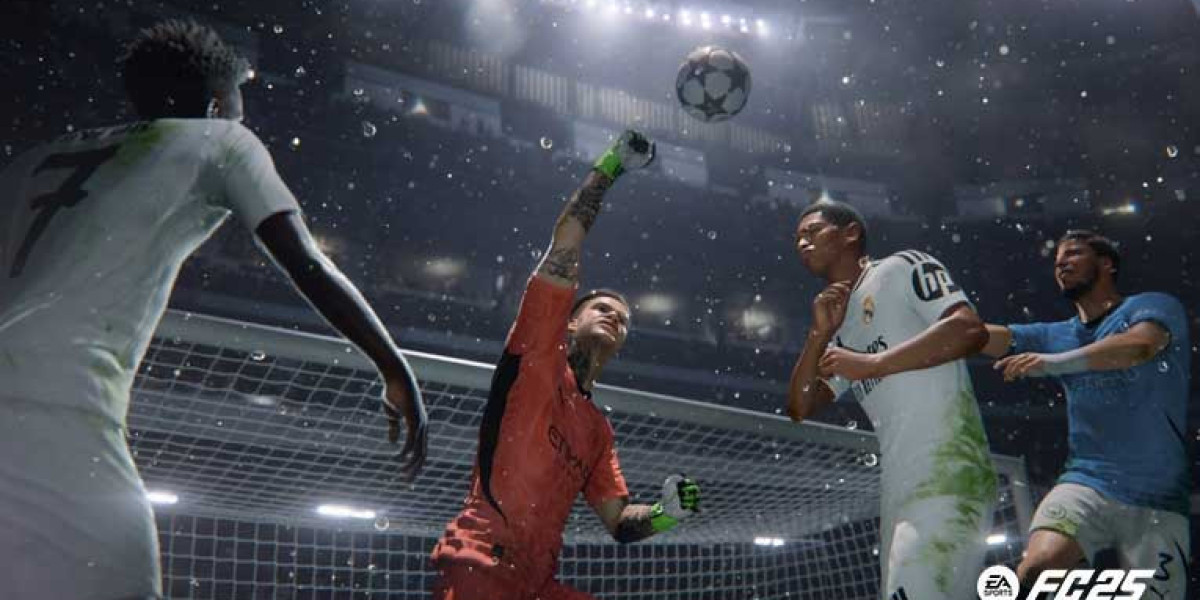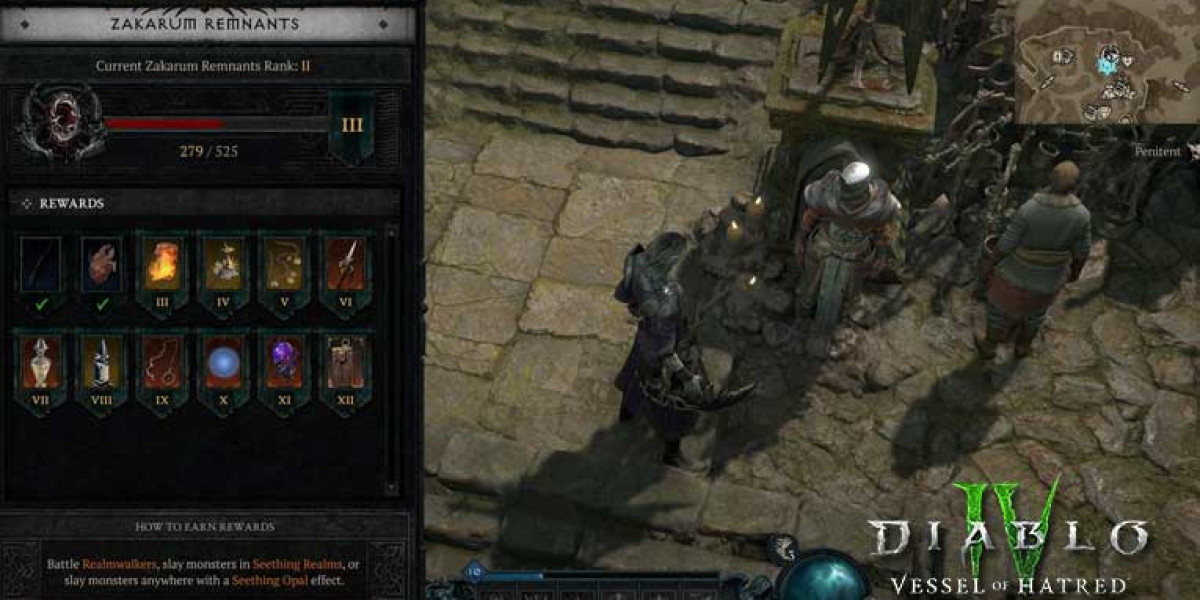In modern forensic science, accuracy is everything. Crime scene investigators depend on reliable tools to document, reconstruct, and analyze complex crime scenes. Among the most innovative advancements in this field are photogrammetry software and multi view calibration techniques. These technologies enable investigators to transform ordinary photographs into precise, measurable 3D models, helping preserve scenes digitally for in-depth analysis. Whether it’s a homicide investigation, accident reconstruction, or environmental crime, these tools allow experts to gather evidence with unprecedented precision.
The Role of Photogrammetry Software in Crime Scene Investigation
Photogrammetry software is a specialized forensic tool that converts overlapping photographs into accurate three-dimensional representations of a scene. By using multiple images taken from different angles, investigators can create a detailed, scaled reconstruction without disturbing the evidence. This process provides several key benefits:
Preservation of the scene for future analysis
Accurate measurement capabilities for courtroom evidence
Enhanced visualization for investigators, attorneys, and jurors
Non-intrusive data collection that reduces contamination risks
In essence, photogrammetry allows a crime scene investigator to “freeze” the environment in time, ensuring no critical detail is lost.
Understanding Multi View Calibration
Multi view calibration is the process of aligning and optimizing multiple camera perspectives to ensure precise spatial accuracy in a 3D model. In crime scene documentation, this calibration ensures that every measurement taken from the photogrammetric reconstruction is correct down to the millimeter.
Key steps in multi view calibration include:
Camera Position Identification – Determining the location and angle of each photograph.
Lens Distortion Correction – Adjusting for any distortion that might affect measurement accuracy.
Scale Calibration – Using reference objects or known dimensions to ensure correct scaling.
Error Minimization – Refining the model for the highest possible accuracy.
When combined with photogrammetry software, multi view calibration ensures that the final model is reliable for investigative and legal purposes.
Why Crime Scene Investigators Rely on These Tools
For a crime scene investigator, documentation accuracy can make or break a case. Traditional sketches and measurements are useful but limited—human error, environmental conditions, and scene changes can affect the results.
By leveraging photogrammetry software with multi view calibration, investigators gain:
Precise measurement tools that withstand legal scrutiny
Permanent 3D records that can be revisited anytime
Improved collaboration between forensic experts, police, and attorneys
Clear visual aids for courtroom presentations
Final Thoughts
The integration of photogrammetry software and multi view calibration into crime scene investigation has revolutionized the way evidence is captured, preserved, and analyzed. With these tools, crime scene investigators can document a scene in stunning detail, ensuring that crucial evidence is both preserved and admissible in court. As technology continues to advance, these methods will remain a vital part of the forensic process.
FAQs
Q1: What is photogrammetry software in crime scene investigation?
Photogrammetry software creates accurate 3D models from photographs, allowing crime scene investigators to document and measure evidence without physically altering the scene.
Q2: How does multi view calibration improve accuracy?
Multi view calibration ensures all camera perspectives are correctly aligned, minimizing distortion and guaranteeing precise measurements.
Q3: Is photogrammetry software admissible in court?
Yes, when properly documented and validated, 3D reconstructions from photogrammetry software can be presented as evidence in court.
Q4: Can photogrammetry replace traditional measurement methods?
While it doesn’t completely replace manual measurements, it significantly enhances accuracy and provides permanent, revisitable scene documentation.
Q5: How long does it take to process a scene using these tools?
Processing time varies depending on scene size and complexity, but advancements in software have made the process much faster than before.







